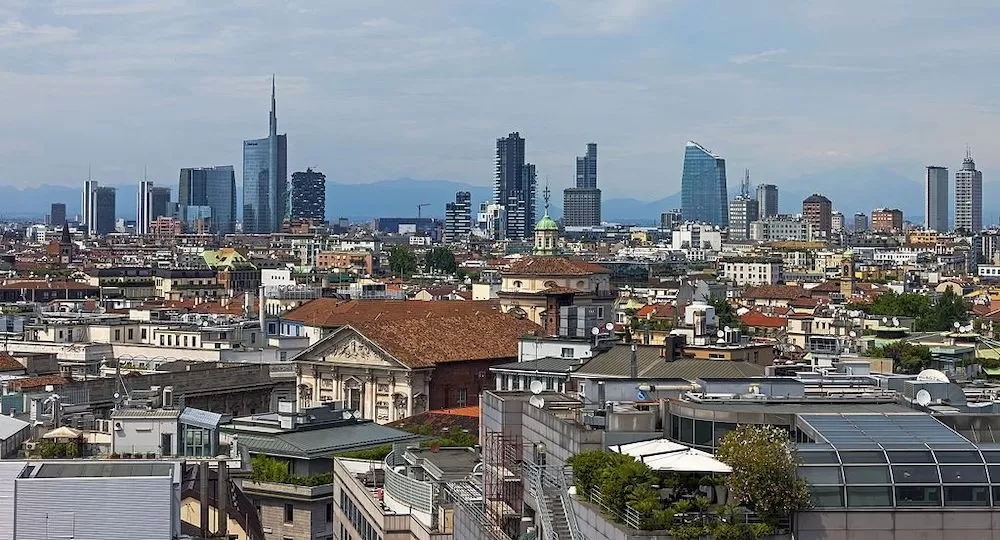
Is Milan Expensive?
Before anything else, one of the questions you need to ask first is if Milan is expensive. But perhaps, you already know that it is, right? Milan is considered one of the most expensive cities in Italy, perhaps even in the entire world. It's a well-known fashion capital, after all. This is where the biggest Italian designer brands operate and show their collections on Milan Fashion Week. On top of that, Milan is also a central business hub. They handle big money here too, hence, the cost of living is understandably high.
Where to Live in Milan
The best places to stay in Milan depend on what you're looking for and what you can afford. If you can live on a limitless budget, stay in Brera, an affluent area in the city. Though it's largely gentrified, it has retained some of its historic charm. And of course, there are plenty of luxury apartments you can rent here. There's also Porta Venezia, Milan's main LGBTQ+ hub. A beloved artistic community, this is where you'll want to stay if you're a creative type. Or if you prefer to avoid the more touristy parts of Milan. And if you're big on nightlife, look no further than Navigli. This place buzzes after dark!
Is Milan a Good Place to Live?
Again, it depends on your vibe and what you're into. If you want a cosmopolitan lifestyle, then Milan really is a good place to live for you. You can hustle during the day, socialize in the afternoon, and go out every night. But if you prefer a more quiet lifestyle, one that's not so on-the-go, then perhaps you're better off somewhere in the Italian countryside instead. Milan epitomizes urban life, from its fast-paced vibe to its global appeal.
Milan Overview
Milan currently has a population of 3.155 million residents. It's the second most populous city in Italy, after Rome, the country's capital. Milan itself is the capital of the Lombardy region, serving as the biggest metropolis in the province. Most famously, however, Milan is best known as an influential fashion capital. The city hosts its bi-annual Milan Fashion Week, wherein the most famous Italian luxury labels showcase their latest collections. Since these big businesses operate here, Milan has turned into an important business and finance hub as well. It's an important player in the world's economic scene.
Where Milan is Located?
Milan is located in Italy's Lombardy region, serving as its capital city. Lombardy is found in northern Italy, bordering the neighboring country of Switzerland. As such, the city sees all four seasons every year. It even tends to get extremely cold in winter, so much so that it even snows here at times, though this is also rare.
What is Milan, Italy Known For?
As already mentioned, Milan is best known as Italy's fashion capital. Even though Rome is also a fashionable metropolis and once served as the country's fashion capital in the mid-20th century, Milan has undeniably surpassed it. Both luxury groups and the biggest fashion houses operate here, with many of them having their headquarters in the city. And of course, there's the ever-publicized Milan Fashion Week too. Held every February and September/October, it's one of the most buzzed-about events in the entire fashion calendar.
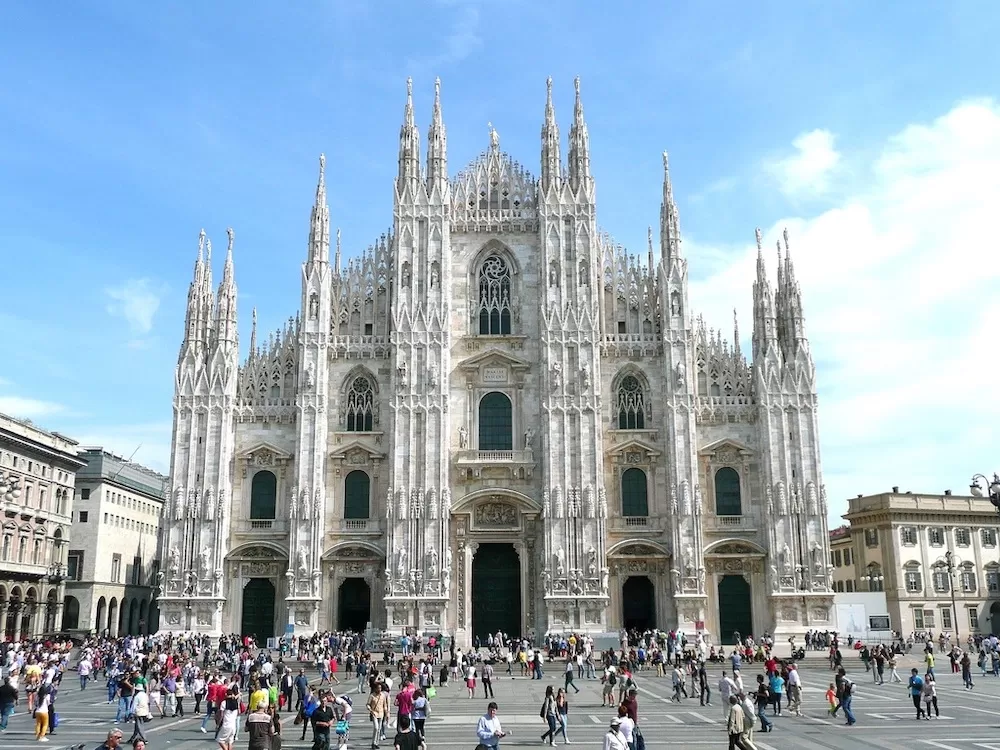
Visa in Milan
Although there are certain people who can travel to Italy without a Schengen Visa, it differs when you intend to move to Milan (or any other Italian city). If you plan to be in the city for more than 90 days straight, you'll be required to obtain either a long-term visa or a residency permit. Only then can you settle down in Milan and start your new life here.
Who Needs a Visa to Visit Italy?
Whether you need a visa to get to Italy or not depends on where you're coming from. If you're a citizen of a country that's also in the Schengen Area, then you don't need a visa. The same goes for those eligible for the ETIAS Visa Waiver Program, which includes countries like the US, Canada, the UK, the UAE, Taiwan, Japan, Israel, and more. But for those who aren't from Schengen Area countries, you still need to apply for a Schengen Visa. Specifically a long-term visa if you intend to move to Milan or anywhere else in Italy.
Milan Visa Requirements
The requirements for getting a Schengen Visa to get to Milan differ from country to country. Generally, they include a filled-up application form, valid passport, passport photos, proof of funds, your itinerary (i.e. flight ticket), proof of accommodation, and travel health insurance. Those planning to stay in Milan for a long time (or in this case, full-on relocation) will also need to provide proof of their objective. This can include a letter from your employer stating that they've relocated you to work in the city or your enrollment form for studying in a Milan-based educational institution.

Getting Around in Milan
As one of the major Italian cities, Milan's public transport is among the best in the country. There are many ways to get around here, including the underground metro, trams, buses, taxis, and more. And similar to other European cities, you can bike around Milan. There are loads of rentals that'll lend you a bike for a few hours, a day, a week, and more.
How to Get Around in Milan
Since you already know that there are many ways to get around Milan (i.e. the metro, trams, buses, taxis, etc.), you then have to figure out how you'll navigate the city's massive public transport. A good start is to get a Milano Card. This is the city's main transit pass which will give you access to most of the modes of public transportation. With it, you no longer have to go in long queues to buy a ticket, especially when it's rush hour!
Is There Uber in Milan?
Yes, Uber operates in Milan. In fact, there are many transportation apps that operate in the city. But of course, Uber remains the most popular. Specifically, Uber Black, which is the only version that works in Milan. It's become a good alternative to getting around, especially when other public transport systems get too crowded. Do take note, however, that compared to taking a taxi, getting an Uber is often more expensive.
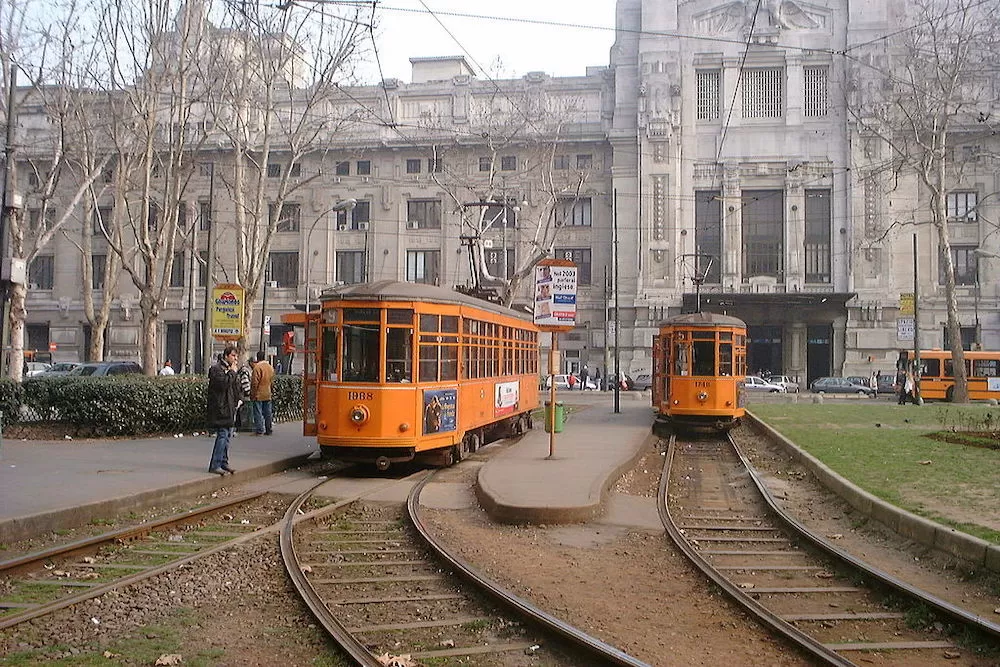
Where to Live in Milan
There are many neighborhoods in Milan, each more different than the next. Though it's easy to conflate all these districts into one urban zone, each distinct area proves how diverse Milan is as a whole. There's Centro Storico, for example, which is the city center. It's here where you'll find Duomo, the city's most iconic site and the largest church in all of Italy. Surrounding it are the shopping districts, designer boutiques, and more that define Milan's role as a fashion capital. Over on Zona Paolo Sarpi, you'll find the city's Chinatown. Though less vibrant compared to its counterparts in other major cities, the place stays bustling with food markets, Asian restaurants, and more.
Where to Stay in Milan
Some of the most popular neighborhoods in Milan have already been mentioned previously but here are a few more for good measure. Without a doubt, Isola is one of the best places to stay in Milan. It's slowly but surely turning into the creative hub of the city, complete with hipster hotspots as far as the eye can see. In this part of town, you can relax in a cafe in the afternoon and hop on over to a cool bar at night! Porta Romana, on the other hand, has that signature Milanese polish. Though it's largely residential, there are still many stores, boutiques, cafes, and even Michelin-starred restaurants here to keep it buzzing.
Where to Stay in Milan with Family
Now, what if you're moving to Milan with your entire family? Are there parts of this bustling metropolis where you can still live a quiet and normal life? You bet there are! San Lorenzo, for example, is a small and tranquil neighborhood located south of Duomo di Milano. Despite how close it is to the city center, the place is largely residential and generally peaceful. The same goes for Porta Nuova. Though it's not as quiet here as in San Lorenzo, it's still a very laid-back area overall. And the best part? It's one of the more affordable neighborhoods in Milan.
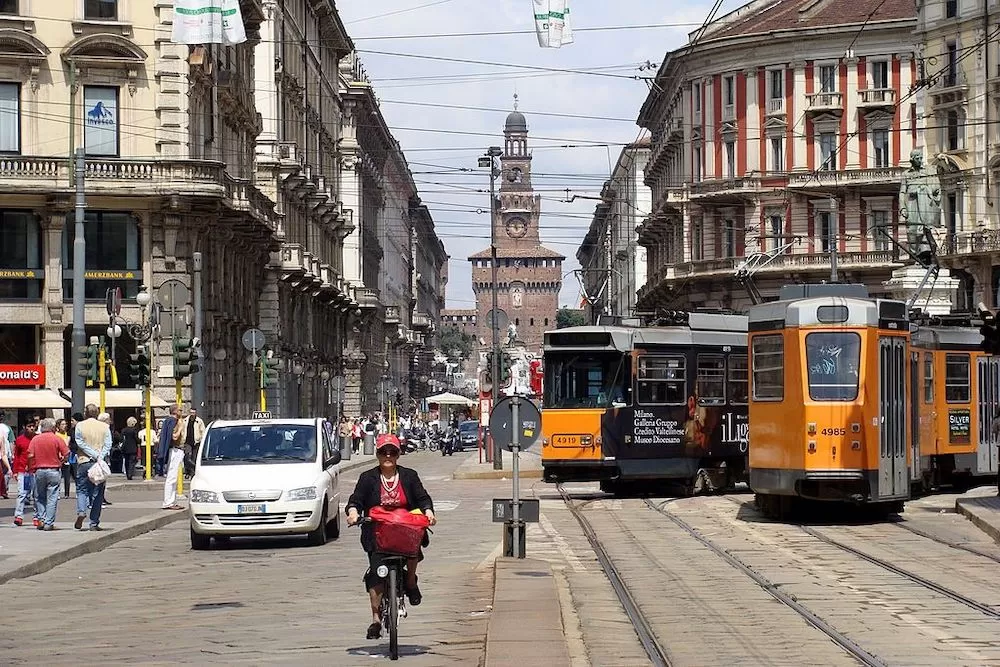
Living Costs in Milan
If you want to move to Milan, you better be prepared to spend a lot! The living costs in Milan are high, possibly some of the highest in all of Italy. The city itself is a shimmering beacon of fashion and luxury, so it makes sense that living here is pretty expensive.
Is Milan Expensive?
As mentioned many times over, Milan is expensive. But just how expensive is it? Well, Numbeo states that the average net salary (after tax) a person earns in Milan is €1,724.08 per month. At the same time, a single adult spends about €1,005.60 per month excluding their rent. That's practically all of their salary, leaving very little for their savings. And if you bring your family with you, you'll be spending around €3,508.70. Here's to hoping you run a two-income household!
Living Expenses in Milan
For other living expenses, there are your utility costs. In Milan, you'll spend an average of €249.62 on your monthly bills. These include electricity, heating, water garbage disposal, and more. When you install wifi in your home, you'll likely pay around €25.00 to €35.00 per month for it too. And what about food? How much will your groceries cost you? Approximately €78.50 per trip to the store. It may be less than €100.00, but it's still a lot higher compared to other cities in Italy and the rest of Europe.
Is Milan Expensive to Live?
By now, it's already established that it's expensive to live in Milan. Even just renting will eat up a lot of your monthly paycheck! Let's say you rent a chic apartment in Milan, specifically a one-bedroom in the city center. How much will your rent cost per month? Typically around €1,000.00 to €2,000.00. What about if you live near the outskirts of the city? Will that be less expensive? Well, just a bit! Renting an apartment far from the city center usually costs around €700.00 to €2,400.00, depending on how big it is and how many rooms it has.
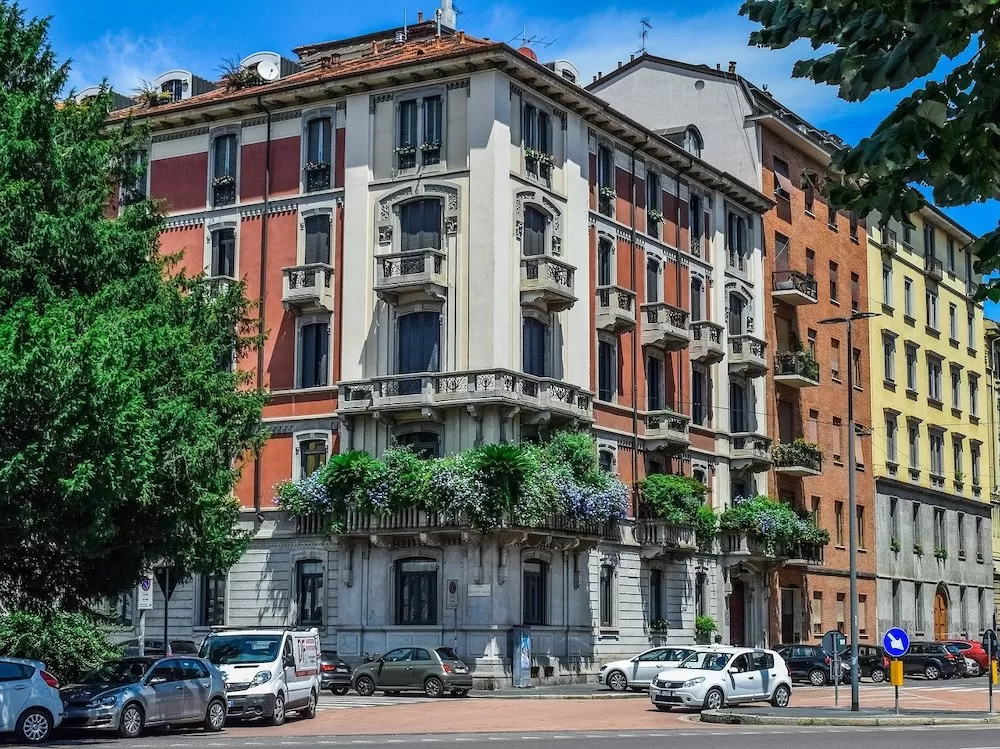
Employment in Milan
Now that you know how expensive it is to live in Milan, you need to work! But will you be able to? Milan may be a central business hub in Italy, but just how many job opportunities are there in the city? Will Italy's job market have a place for you? Moreover, are you even allowed to work in Milan in the first place? Here are all the answers:
Can I Work in Milan?
To work legally in Milan as a foreign expat, you need to get a residence permit and set up a local Italian bank account. Once you've taken care of all that, you're good to go! And don't worry about the Italian job market. For one thing, it remains stable, even after the global pandemic. Currently, it enjoys a 7.6% unemployment rate. It may not be the lowest in the world, but it's still a lot lower compared to other countries. And since Milan is one huge business district, you're bound to find lots of job opportunities here!
How to Work in Milan
There's really only one thing you need to do: find a job! Luckily, there are lots more ways to go about it today. You can go online and check job-seeking websites, register at a recruitment agency and enlist their help, look at the classified ads in the newspaper, and even rely on your acquaintances to help you land employment anywhere. As for business culture and etiquette, it pays to know that most Italian companies are fairly traditional and follow a hierarchal structure. They expect you to respect and always follow your superiors, dress appropriately at the office, and always be on time!
What is a Good Salary in Milan?
As mentioned previously, Numbeo noted that the average net salary (after tax) in Milan is €1,724.08, but that's only the bare minimum. Don't forget that rent in Milan tends to cost more than €1,000.00 so earning just that much already isn't enough. You'd do well to earn at least €2,000.00 to €2,500.00 per month to have a comfortable stay in Milan.
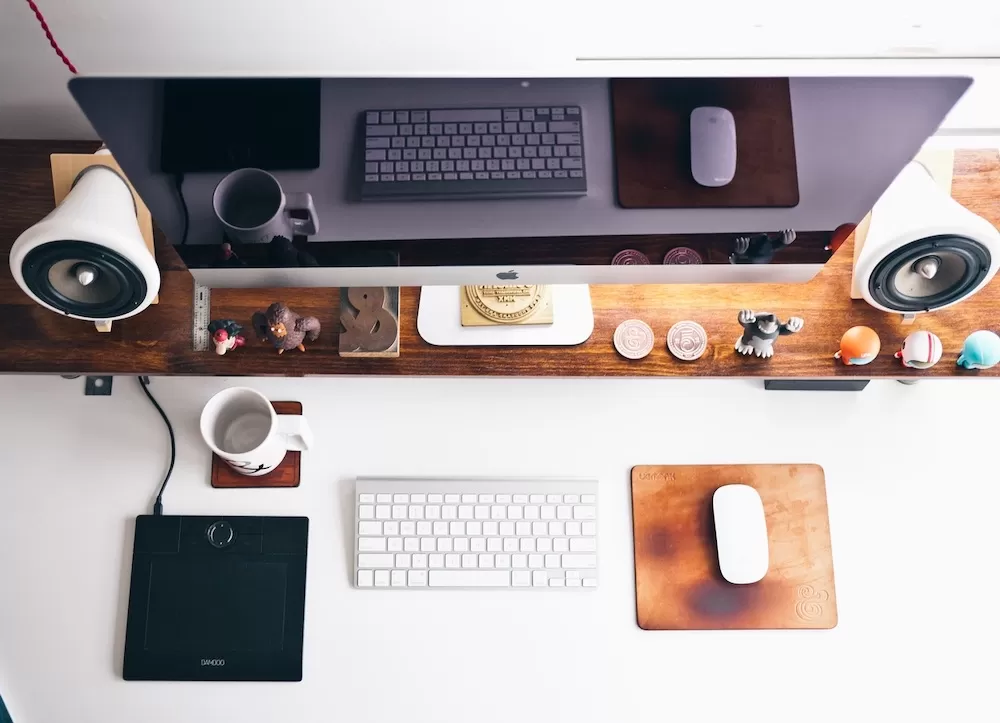
Education in Milan
All your educational needs are met when you move to Milan. Whether you're going to school yourself or you're relocating to the city with your kids who will continue their schooling there, trust that Milan's institutions are more than up for it. Especially since Italy offers high-quality education overall!
Is Education Free in Italy?
Public education is free for kids in Italy, regardless of their nationality. But for your little ones who might not be fluent in Italian yet, you're better off sending them to private or international schools in Milan. Not only are they assured of quality education, but they'll be taught in English or other languages too. As for higher education in Milan, there are various scholarships on offer that can practically make school free of charge!
Schools in Milan, Italy
Among the best international schools in Milan, Italy, the Andersen International School stands out with its dual-curriculum approach. They offer both Italian and British curricula, giving opportunities for those who can't speak Italian the chance to also learn more about the country's culture, history, heritage, and of course, language. The British School of Milan is also pretty noteworthy. It's one of your best bets in getting your kid into the top London universities, which are widely regarded as the most prestigious educational institutions in the world. And don't count the International School of Milan out just yet! They approach education on a wider and more global appeal compared to schools in the city.
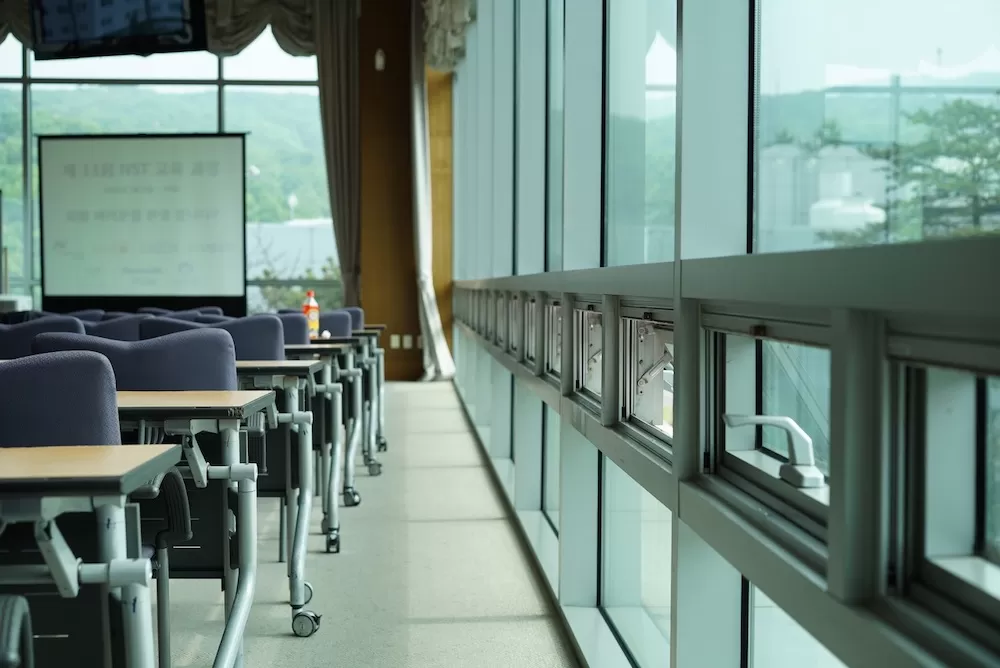
Milan Healthcare
Now let's talk healthcare! How is Italy's healthcare system? Is it good? Is it high-quality? The answer to that is yes, it is! The Italian healthcare system, Servizio Sanitario Nazionale (SSN), is widely regarded as one of the best on the planet. So much so that Italy has become one of the world's best medical tourist destinations. From esteemed medical professionals to state-of-the-art equipment and first-class facilities, Italian healthcare deserves all its acclaim. And the best part? The SSN operates on a universal system, granting access to all residents of Milan regardless of their nationality. It's even free in most cases! Your taxes and other contributions pay for it.
What is Healthcare Like in Italy?
Since it consistently ranks among the best in the world, Italian healthcare is excellent. Even when you go to public hospitals, the process of getting to see a doctor is fairly easy. Once you're at your appointment, most medical professionals use the latest medical technology, ensuring that they'll get to their best to take care of you. And of course, there's no denying that the fact that most of your healthcare costs are free helps a lot too. You may need to pay for extra services, medicine, and the like, but it rarely affects your finances that much!
Milan Hospitals
Luckily for you, there are a couple of notable hospitals in Milan. It's here where you'll find the European Institute of Oncology, for example, arguably the best place in all of Italy for chemotherapy. Ospedale Luigi Sacco, on the other hand, often receives praise for its pediatric ward. You'll want to take your kids here for their checkups! And though Policlinico of Milan has been around for more than a couple of centuries now, its longevity speaks for itself! To this day, it remains one of Italy's finest healthcare institutions, even serving as a premier medical research facility.

Safety in Milan
Since Milan is an expensive city and an important business hub, does that mean it's also safe here? Unfortunately, that's far from the case. The crime rates in Milan range between moderate and high. Currently, its general crime rate is 55.99%, which is still moderate. But at the same time, the city's rate of increasing crimes is 67.66%, which is already fairly high.
Is Milan Safe?
The answer is a bit more complicated than you might expect. With a 55.99% general crime rate, Milan is in the middle. It's not so safe you can just walk around willy-nilly, even at night, but it's also not so dangerous that you have to be on guard 24/7. Even Milan's highest-rated crimes—corruption & bribery at a combined 62.06%—aren't overtly violent crimes. At the same time, the city enjoys a 72.91% high safety rate during the day, so it’s really not so bad in Milan.
Areas to Avoid in Milan
With all of that said, it still pays to avoid the dangerous areas in Milan. Stay away from Corvetto, Quarto Oggiaro, and San Siro as much as possible. They have the highest crime rates out of all the neighborhoods in Milan. Petty crimes and even drug dealing are common occurrences in these areas.
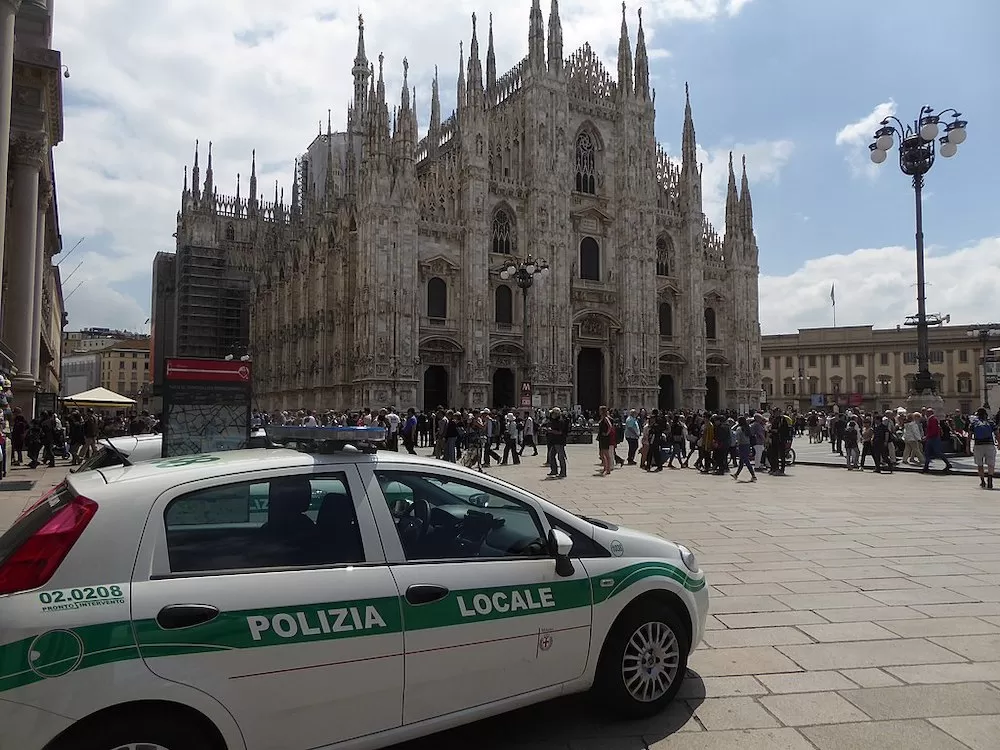
Milan Taxes
Moving to Milan and becoming a resident here means you'll have to start paying taxes to the Italian government too. There's even a chance that you're already required to contribute! And you probably didn't know it because you're not aware of Italy's tax system. Under this system, anyone who spends around 183 days (approximately six months) in Italy is considered a tax resident, regardless of their current legal status. This, in turn, requires them to at least pay income tax, among many others.
Milan Income Tax
Speaking of your income tax in Milan, Italy, how do you know your tax rate? Simple! Just like in other European countries, your income tax rate in Italy depends on how much you earn annually. Naturally, the bigger your salary, the higher your income tax rate. If you earn between €15,000.00 to €28,000.00 a year, for instance, your income tax rate is 27%. That will go up to 38% if your salary becomes anything around €28,000.00 to €55,000.00 per year. The highest income tax rate in Italy is 43%, imposed on those who earn more than €75,000.00 a year.
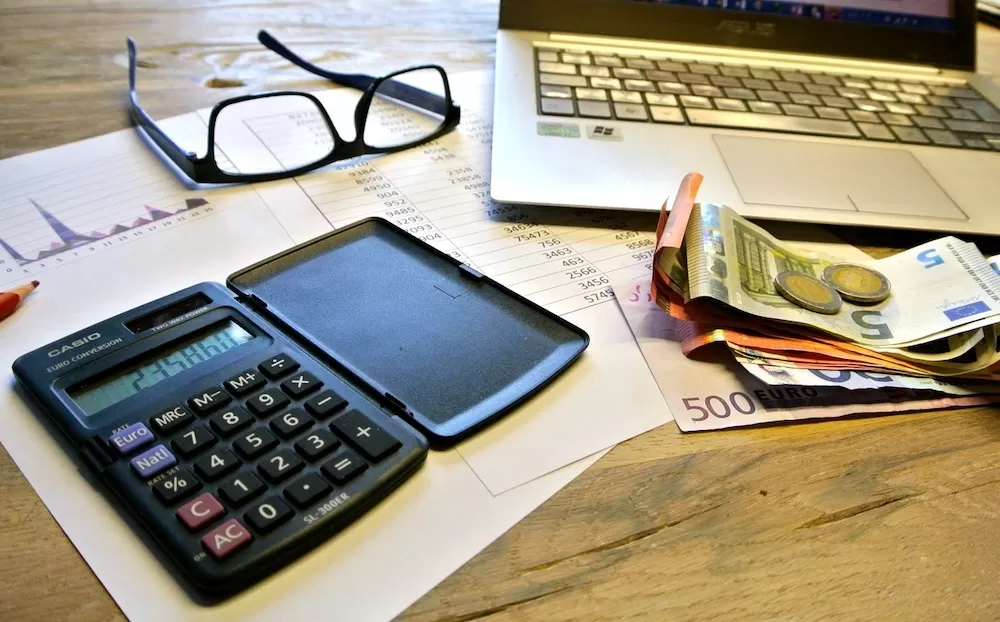
Relocation Tips for Milan
Let's end this relocation guide with a few tips you really ought to follow:
This one's a no-brainer but it bears repeating: improve your Italian!
Set up a local Italian bank account as soon as possible.
Join a local mobile network too!
Buy the Milano Card as soon as you reach the city.
Ensure you already have a place to stay (even if just temporarily) when you get to Milan.
Try to stick to a budget as best you can.
Make friends and build a solid network.
Learn what “aperidinner” is and get used to it in your daily life here.
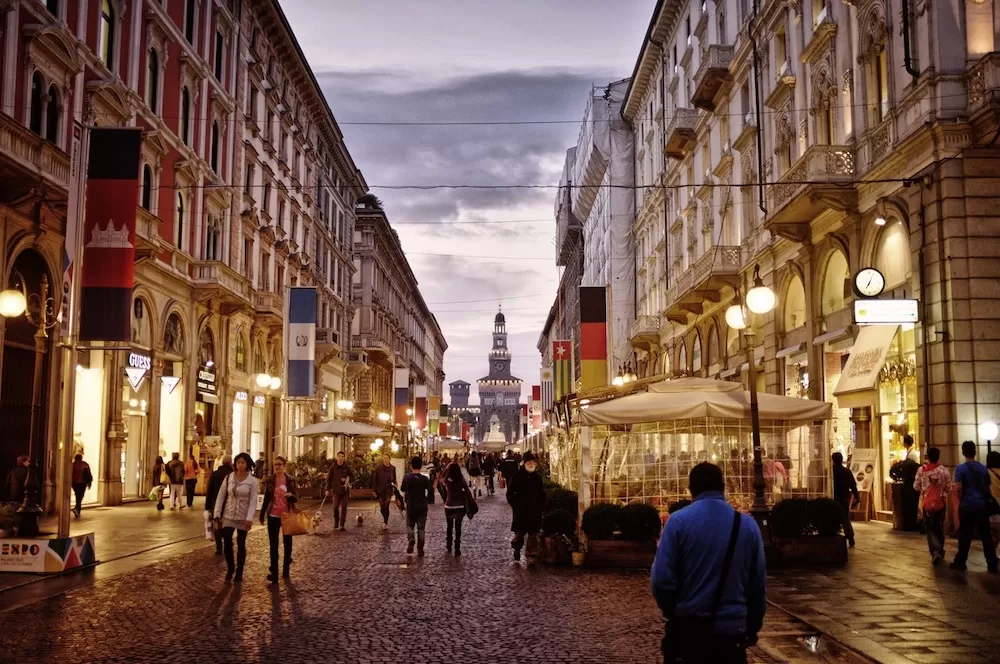
Moving to Milan may not be an easy feat but it's definitely not impossible! This relocation guide can show you the ropes, from the basics you need to know to a few tips worth remembering before you settle down in the city.